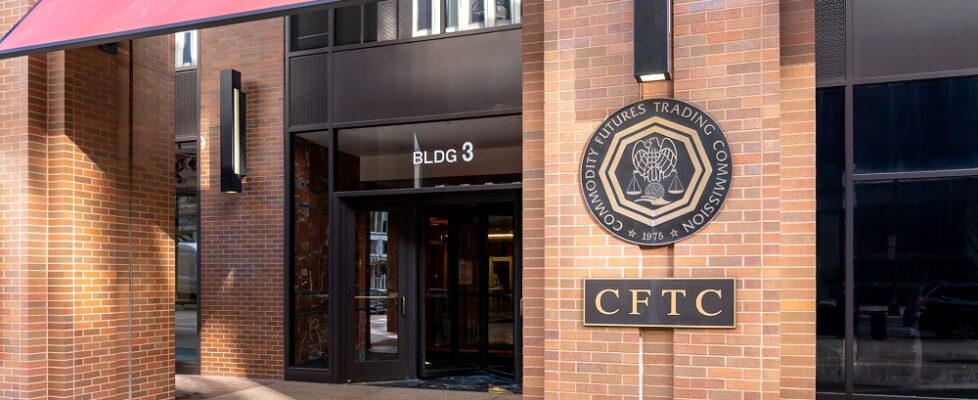CFTC asks Court to impose $27M monetary penalty on Q3 Holdings, Michael Ackerman
The Commodity Futures Trading Commission (CFTC) has filed a proposed default judgment against fraudulent digital asset scheme Q3 Holdings and its principal Michael Ackerman.
According to the proposed judgment, submitted on December 2, 2022 at the New York Southern District Court, the defendants must pay a civil monetary penalty in the amount of $27,092,907.70.
Also, the defendants must pay restitution in the amount of $27,092,907.70.
The CFTC also pushes for injunctive relief against the defendants. For instance, they will be permanently restrained, enjoined, and prohibited from directly or indirectly trading on or subject to the rules of any registered entity, as well as from entering into any transactions involving “commodity interests”. They are also prohibited from making, or attempting to make, any untrue or misleading statement of a material fact or to omit to state a material fact necessary in order to make the statements made not untrue or misleading.
The defendants are also prohibited from applying for registration or claiming exemption from registration with the Commission in any capacity, and engaging in any activity requiring such registration.
Let’s recall that, in February 2020, the CFTC announced the filing of a civil enforcement action against defendants Q3 Holdings, LLC and Q3 I, LP and their principal, Michael Ackerman. The complaint charged the defendants with fraudulently soliciting over $33 million to purportedly trade digital assets and misappropriating a substantial portion of that total.
The complaint specifically alleges that from at least August 2017 through December 2019 defendants operated a fraudulent scheme in which they solicited funds to purportedly trade digital assets and then misappropriated those funds. The defendants engaged in numerous misrepresentations that included making claims of (i) earning customers .5% in daily trading profits and roughly 15% per month, (ii) using algorithms that generated winning trades 75% of the time, and (iii) utilizing security measures that made it impossible for any principal to transfer or withdraw customer funds.
In reality, the defendants sent only a small portion of the customers’ funds to digital asset trading accounts, did not earn the trading profits they claimed, and misappropriated funds. To conceal the fraud, the defendants provided customers with false accounting statements, newsletters containing false trading returns, and fictitious screenshots reflecting the amount of money under Q3’s management.





